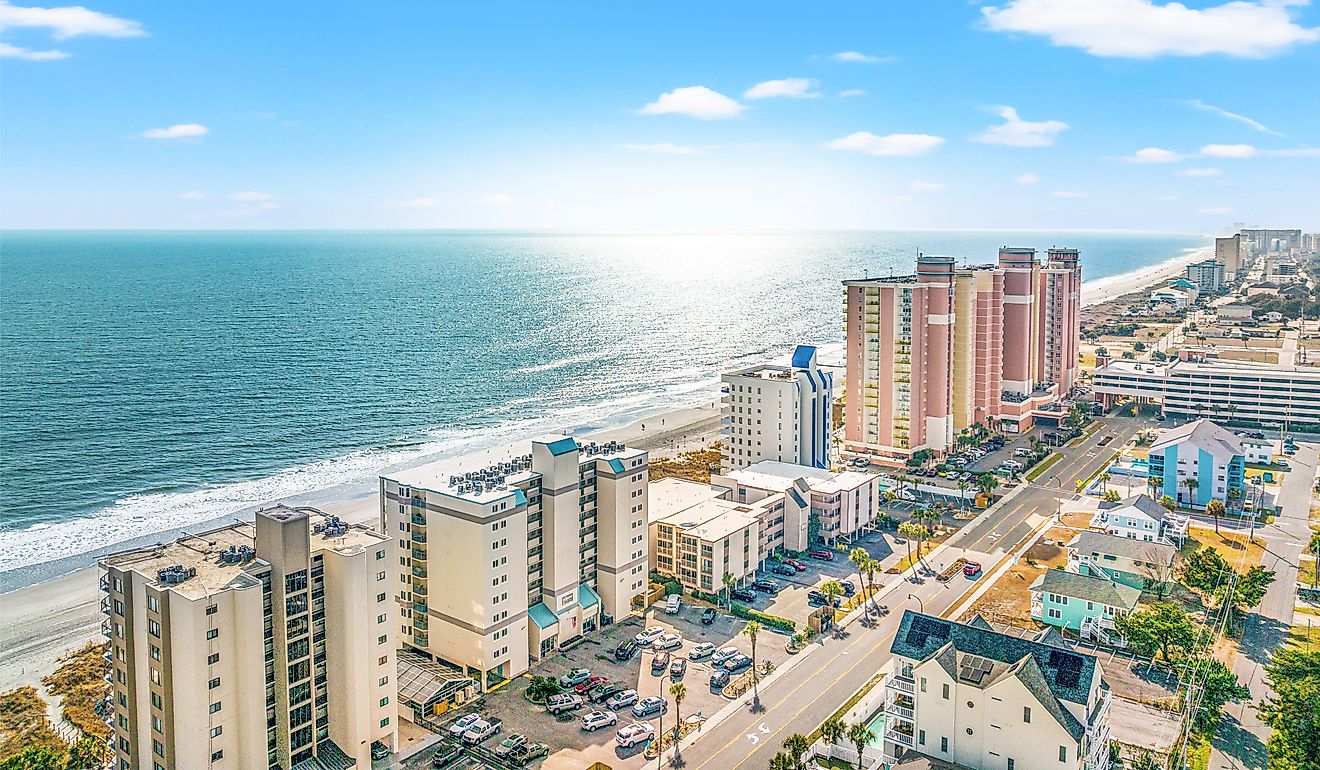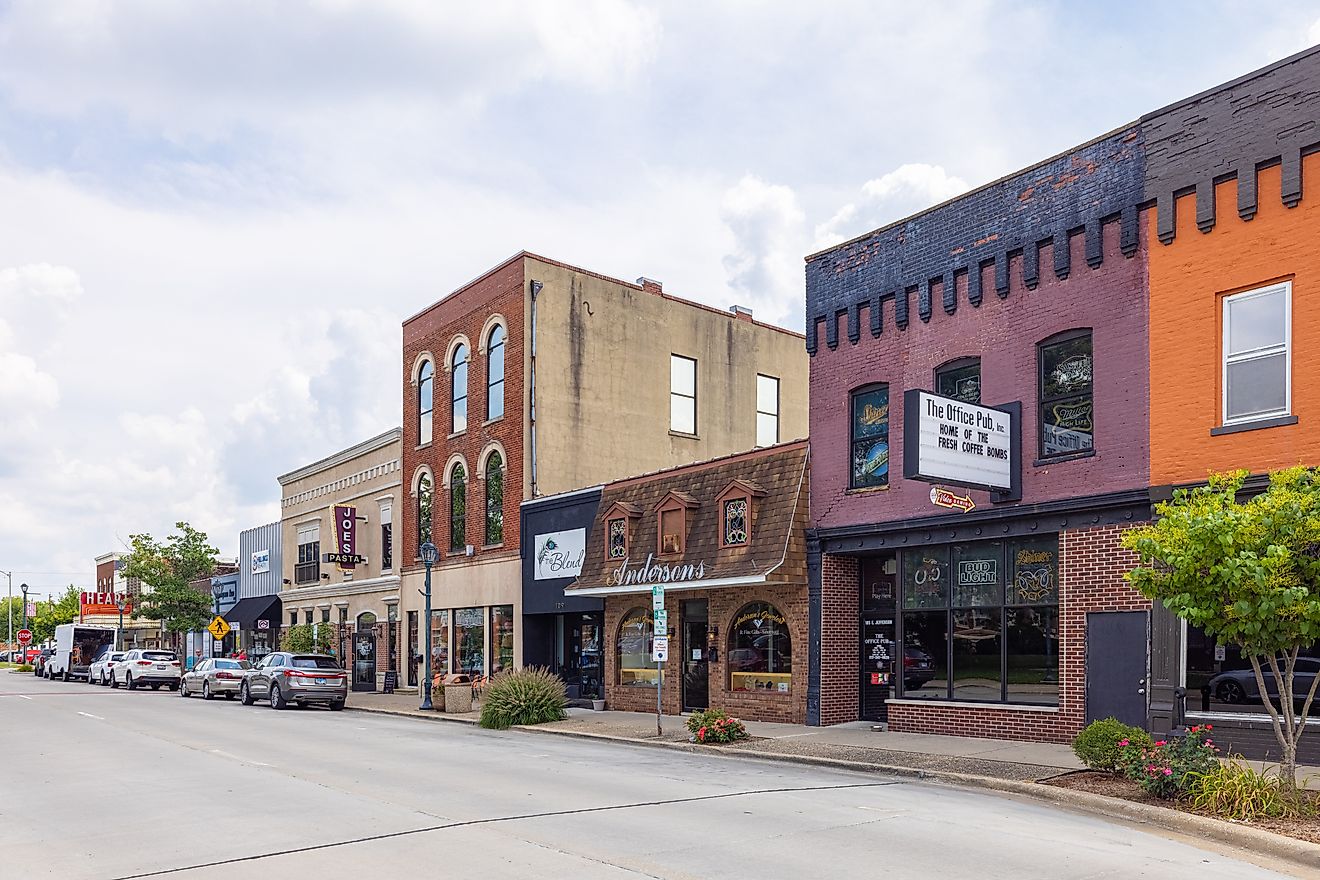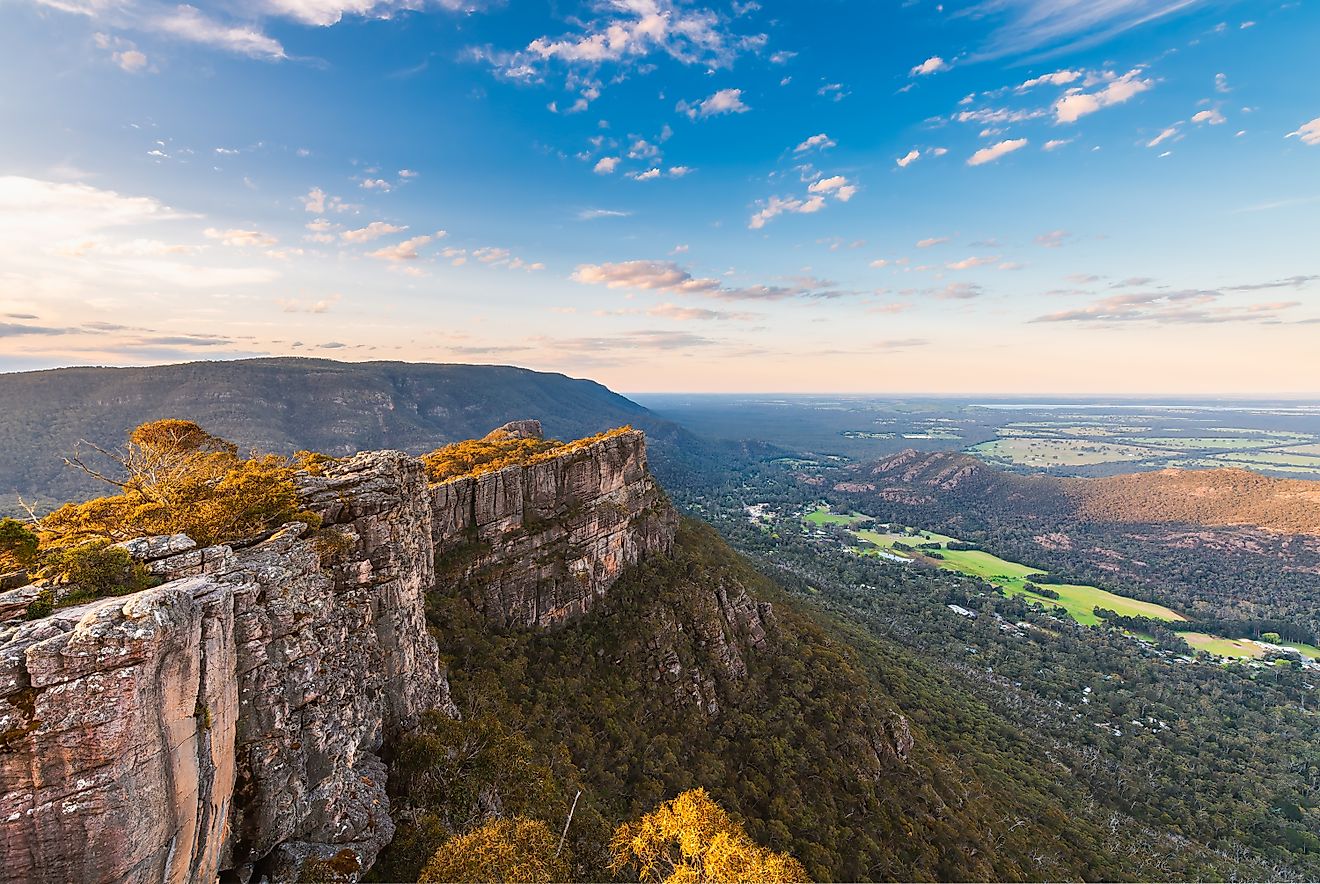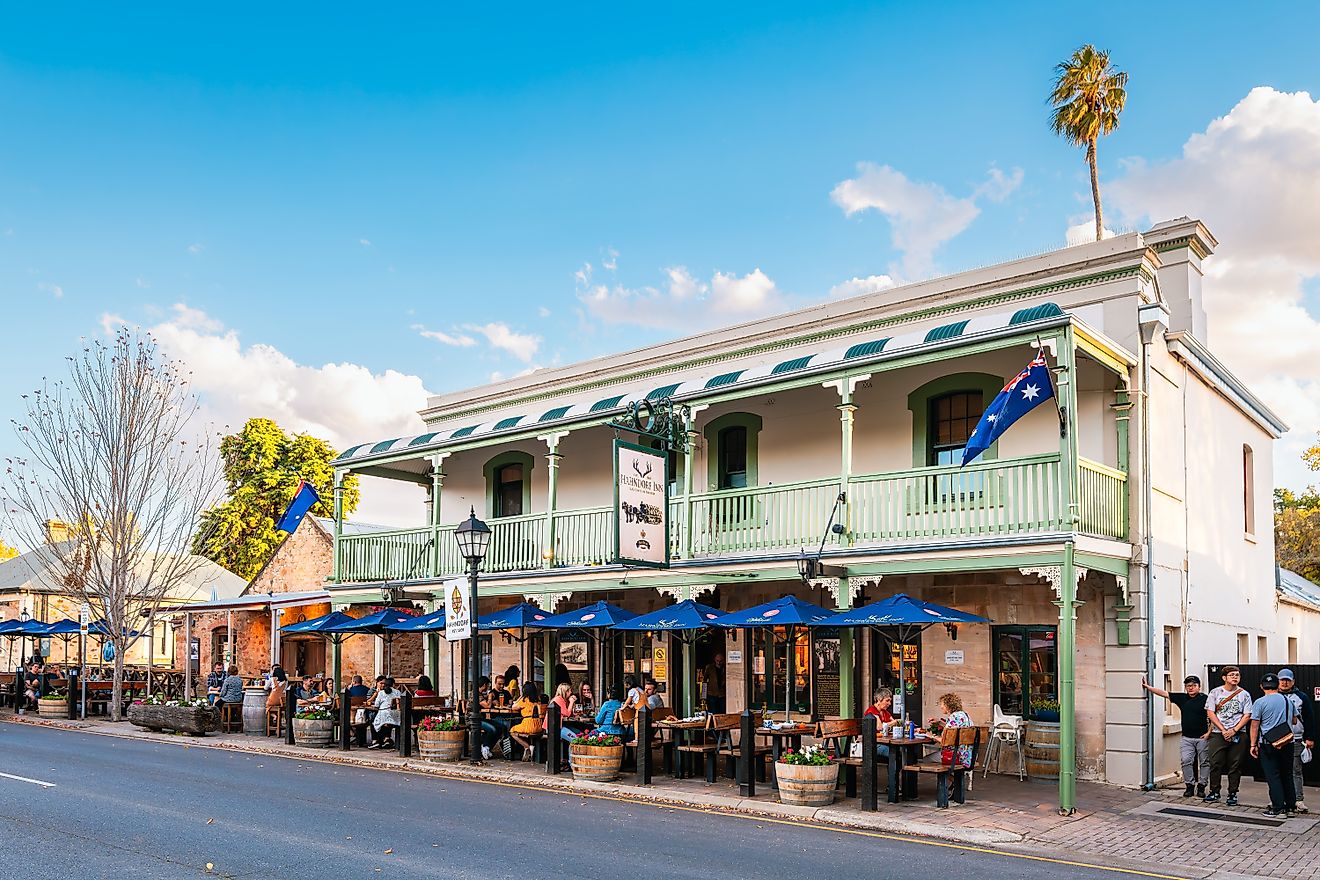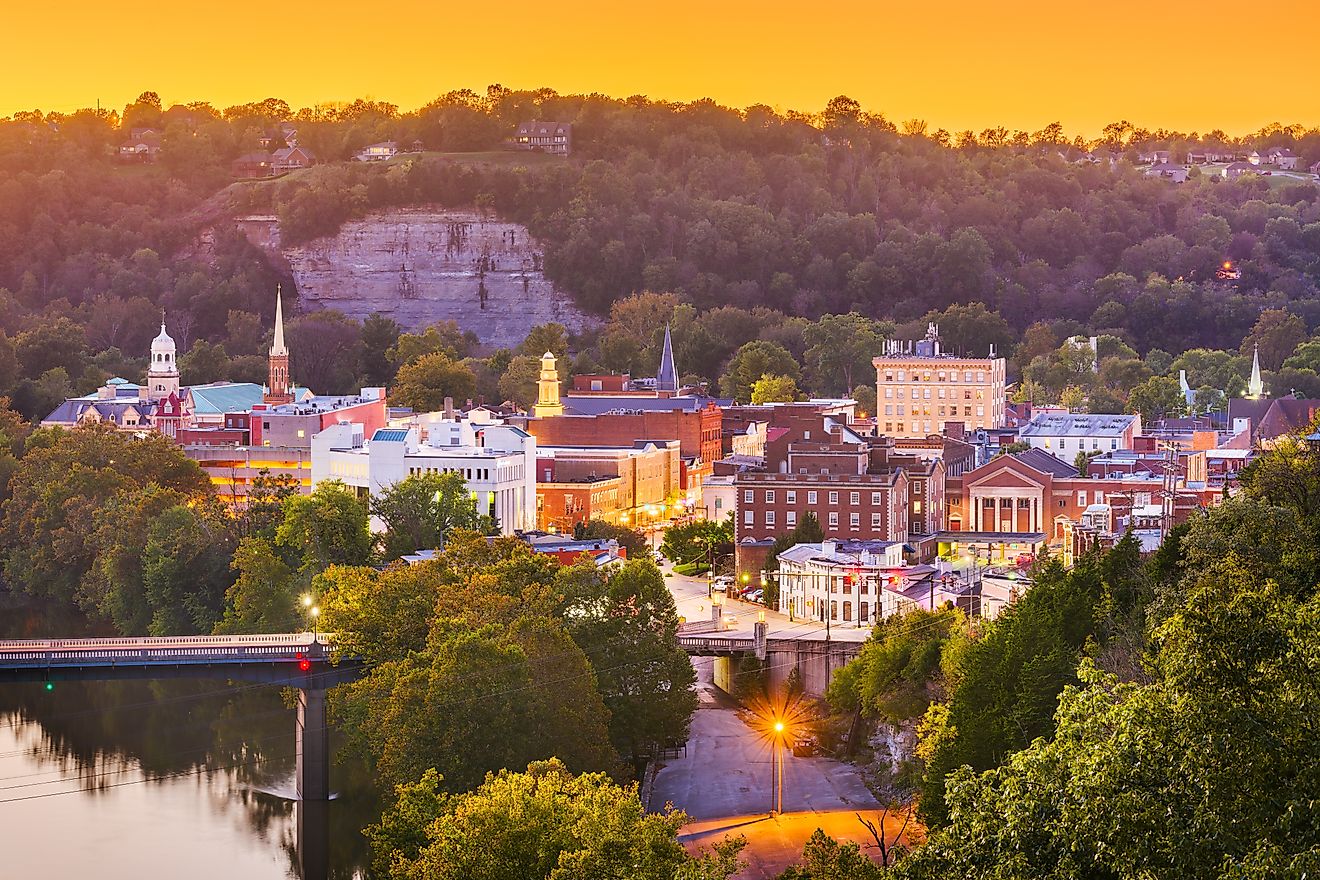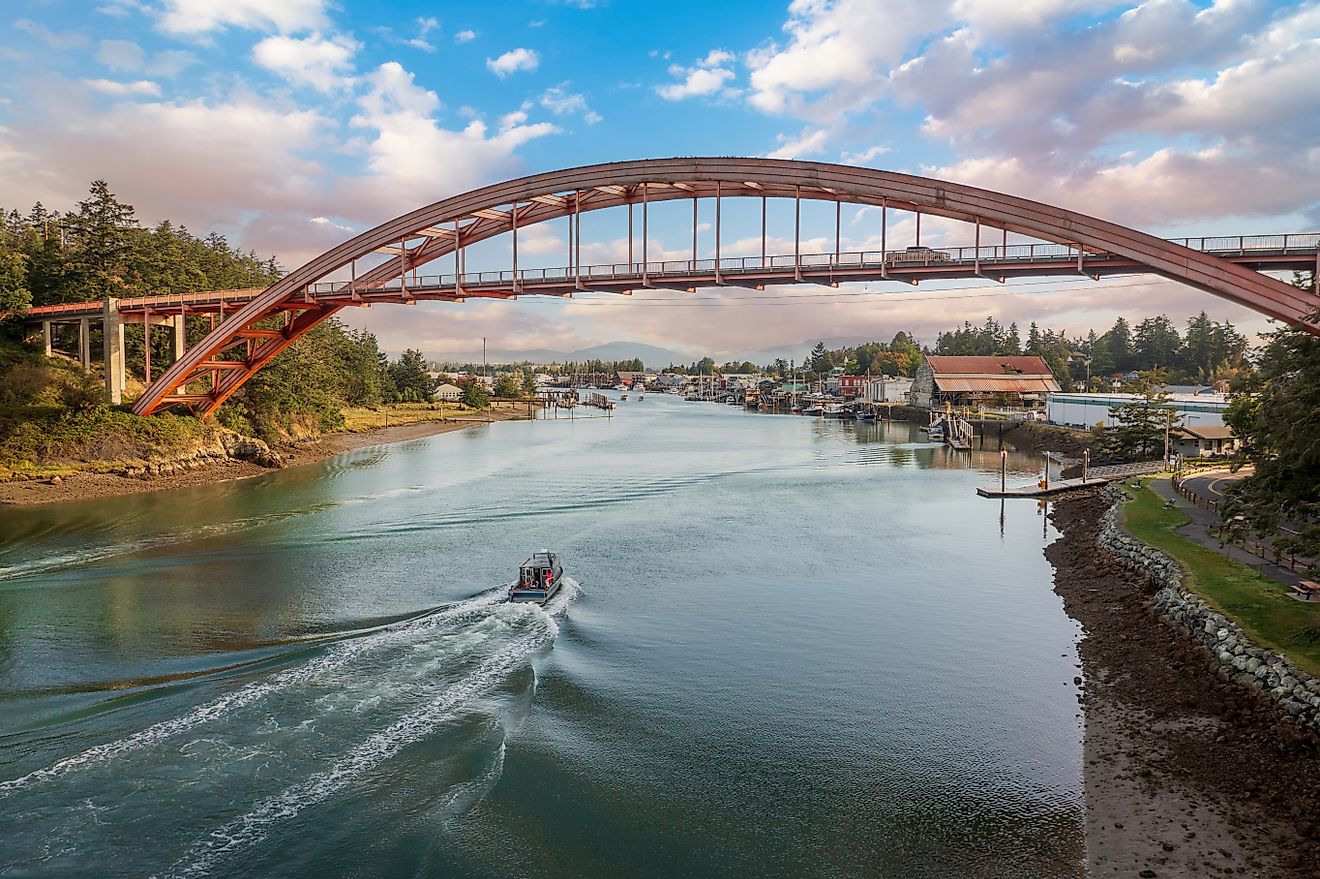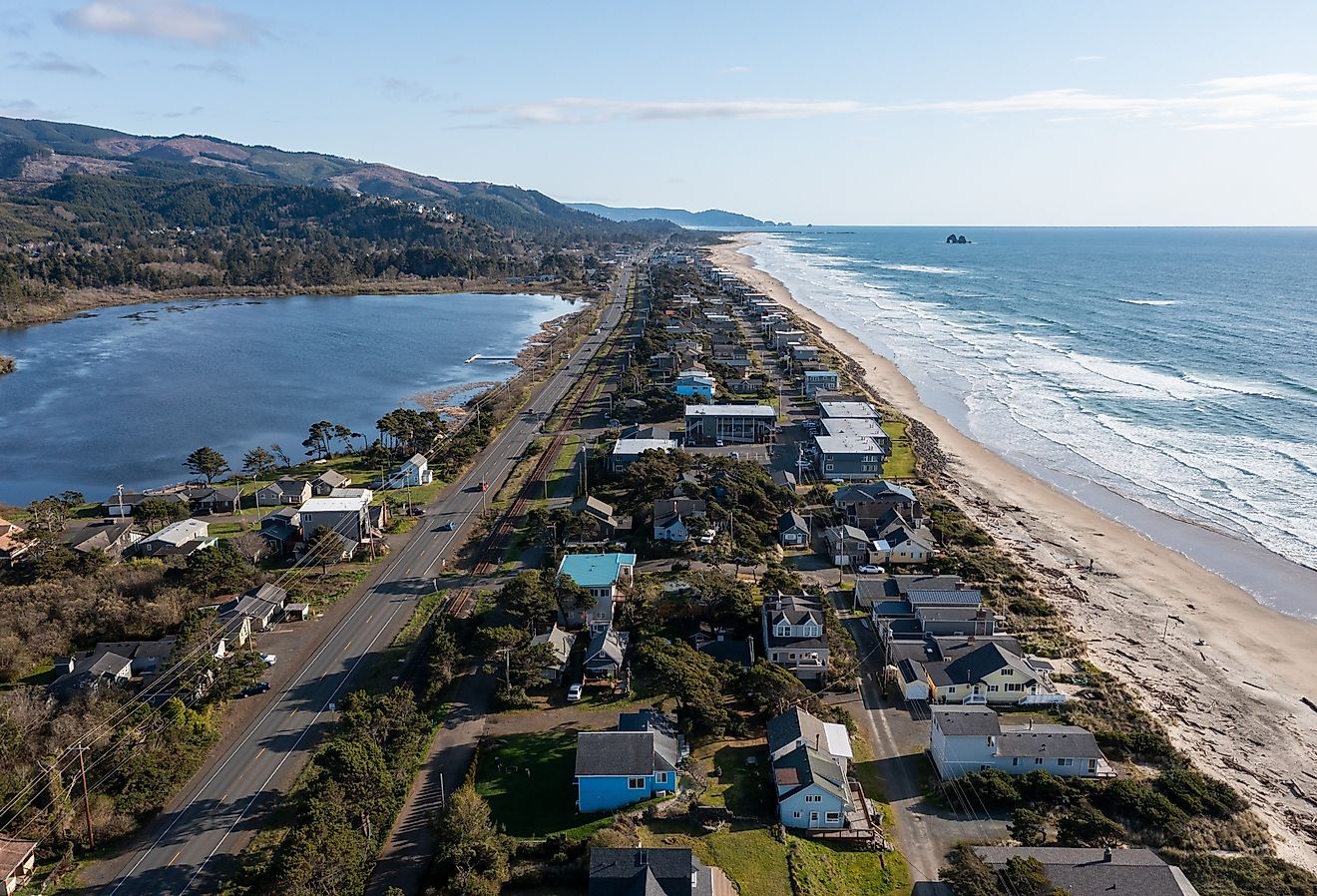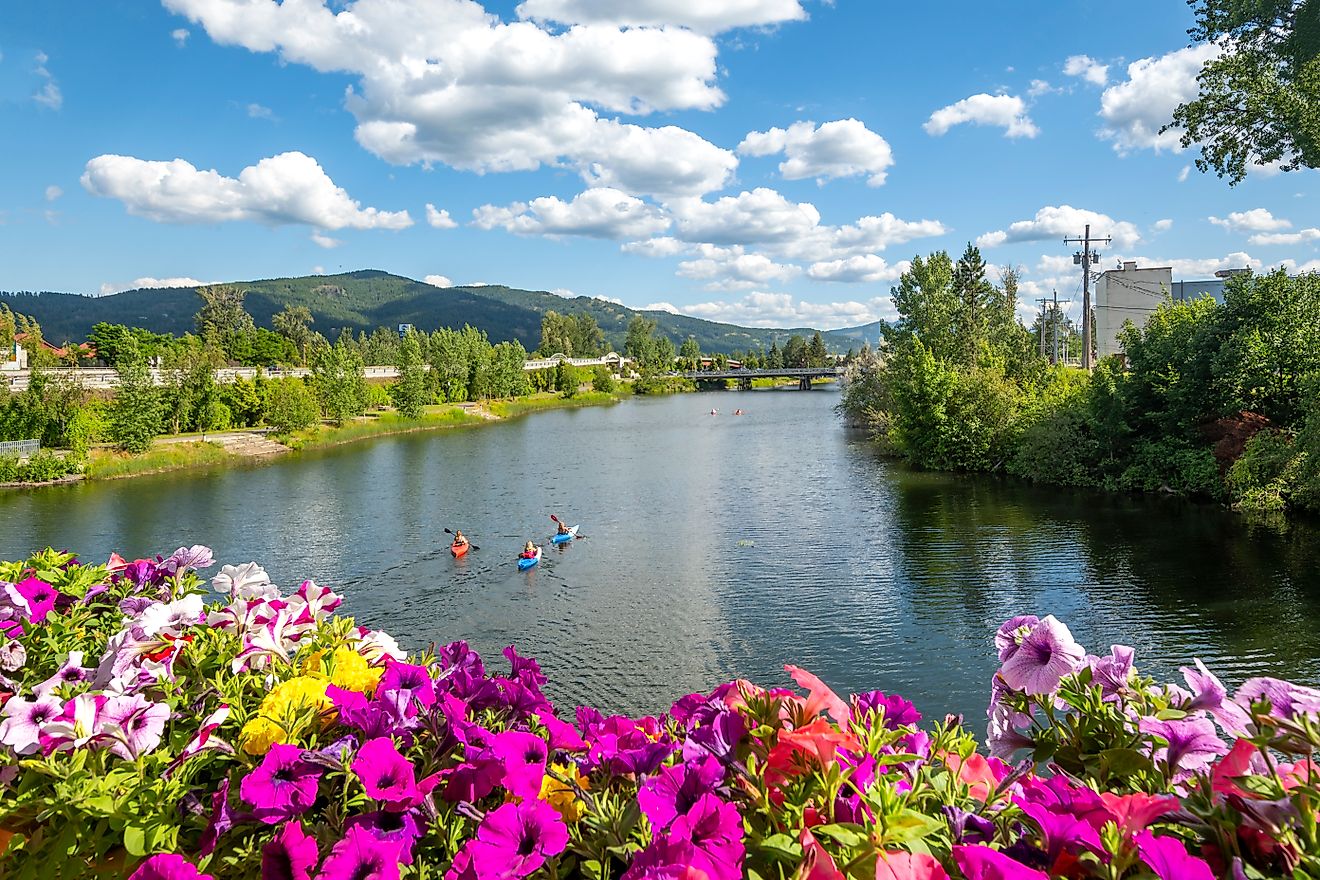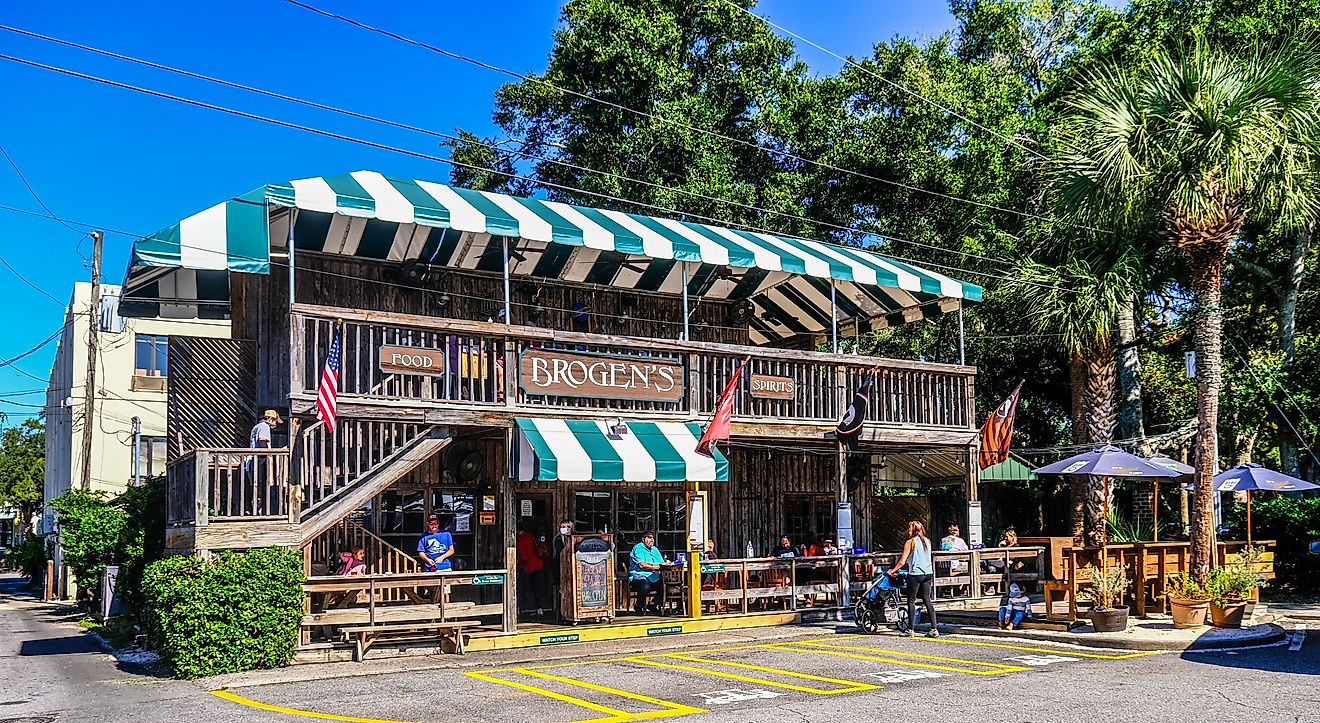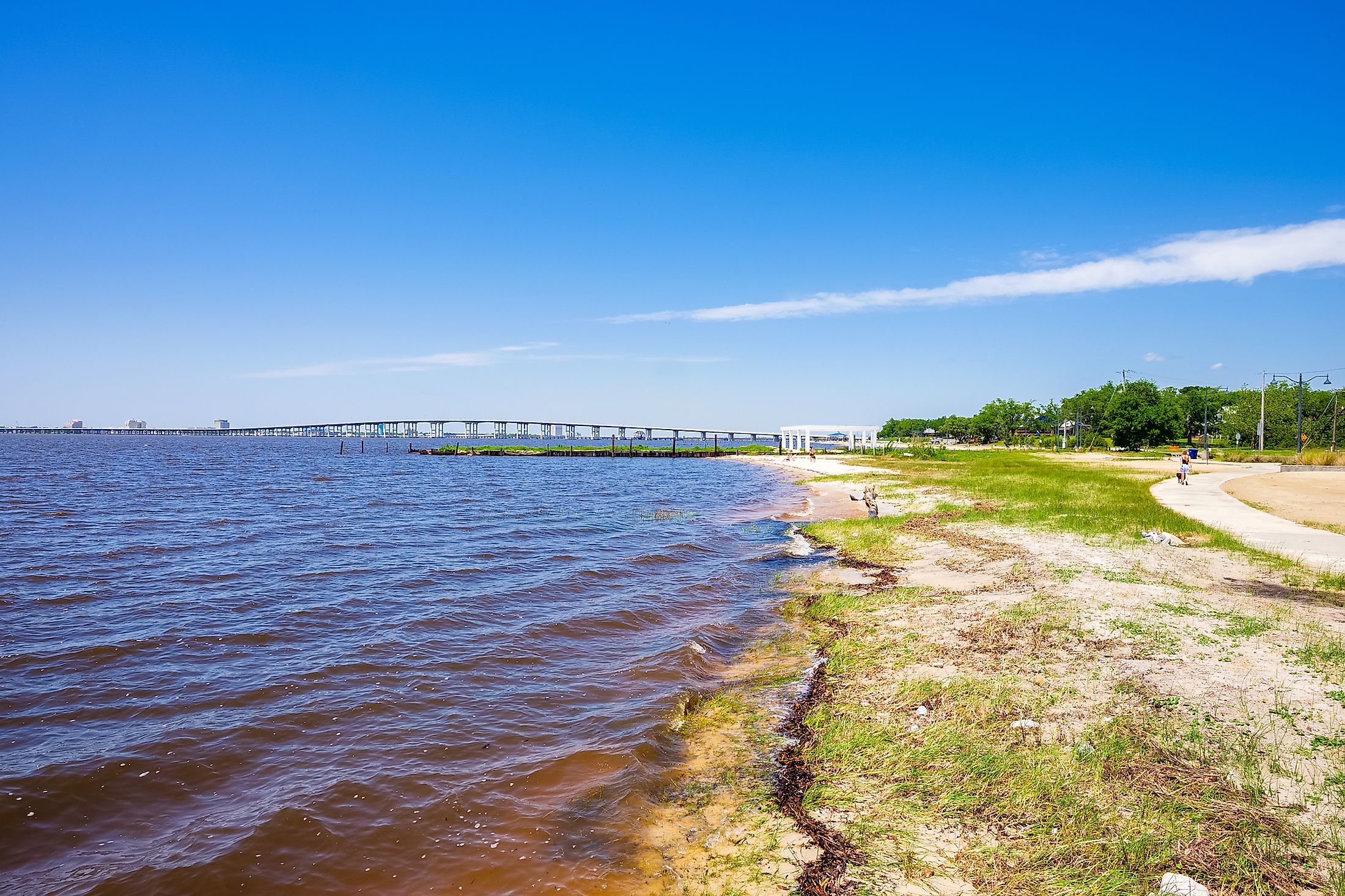
Ocean Springs, Mississippi
Ocean Springs is a small city located in Jackson County in the US State of Mississippi. First settled by the French at the end of the 17th century, Ocean Springs came under US control in the early 19th century. In the mid-19th century, the city took its current name, referring to the mineral springs in the area. It was shortly after the discovery of these mineral springs that Ocean Springs became a popular tourist destination. Today, the city remains popular with tourists who come to take in the region’s natural and artificial attractions.
Geography Of Ocean Springs
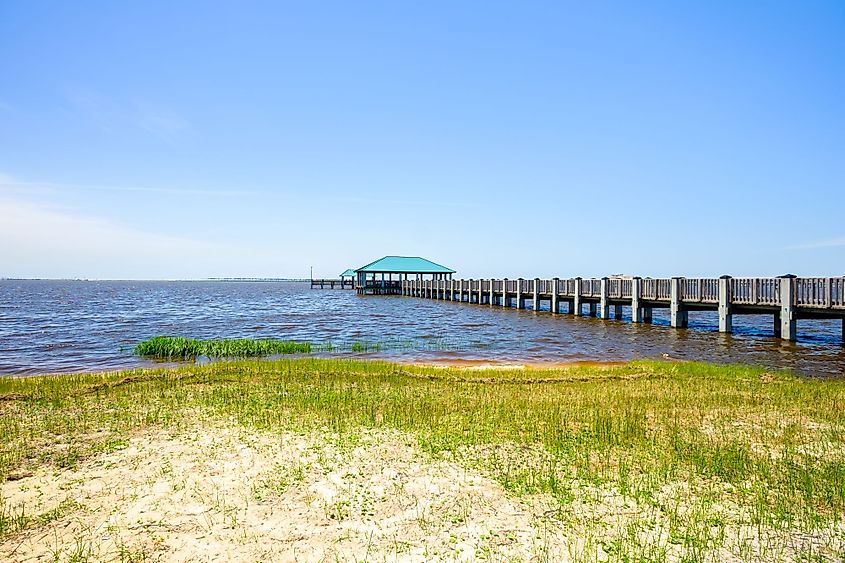
Ocean Springs is located on the southern coast of Mississippi. The city faces Biloxi Bay, which is part of the Gulf of Mexico. The city of Biloxi lies across Biloxi Bay, 3.2 km to the west of Ocean Springs. The Biloxi Bay Bridge, which, as its name implies, spans Biloxi Bay and connects Ocean Springs with Biloxi. The town of Gulf Park Estates borders Ocean Springs to the southeast. The Old Fort Bayou forms Ocean Springs’ northern border, across which is the town of Gulf Hills. Within Ocean Springs itself are four bayous: Weeks Bayou, Halstead Bayou, Heron Bayou, and Davis Bayou. Of these, the Davis Bayou is home to the Davis Bayou Gulf Islands National Seashore. The city of Ocean Springs covers a total area of 39.3 sq. km, of which 9.3 sq. km is occupied by water and 30 sq. km is occupied by land.
Climate
The city of Ocean Springs experiences a subtropical climate with long, hot, humid summers and short, cold, windy winters. The hot season lasts from May to September, with July being the hottest month, having an average high temperature of 31.6°C and a low temperature of 25°C. The cold season lasts from December to March, with January being the coldest month, having an average low temperature of 7.2°C and a high temperature of 15.5°C. The city also experiences a hot, humid monsoon season that starts in late spring and ends in early autumn. During this period, the city receives frequent thunderstorms with torrential downpours in the afternoon and evening. The area is also prone to tropical storms, depressions, and hurricanes. The city gets an average annual precipitation of 65.02 inches.
The Population And Economy Of Ocean Springs
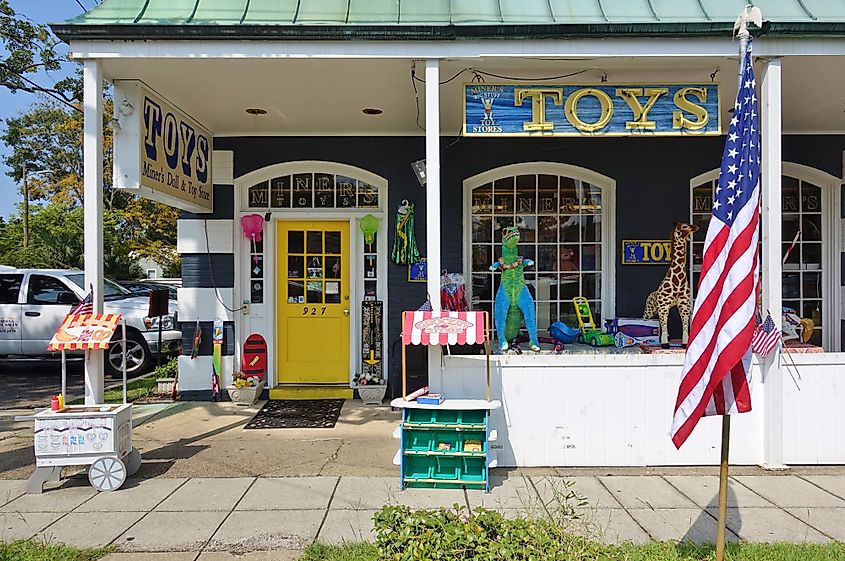
Ocean Springs has a total population of 18,429 residents. More than 82.6% of these residents are White, of which 78.7% are non-Hispanic, and 3.9% are Hispanic. African Americans make up the second-biggest racialized population group in Ocean Springs, at 6.9%. Asians comprise 3.7% of the city’s residents, other Hispanics 3.54%, and people of mixed racial heritage 3.08%. Almost 94% of residents in Ocean Springs speak only English. Spanish is spoken by 3.5% of the population. More than 95% of the city’s residents were born in the United States, while nearly half were born in the city itself.
As of 2019, there are 6,639 households in the city with a median household income of $58,713. The city has a poverty rate of 10.2% and an unemployment rate of 5.8%. In terms of the number of employees, the largest industries in the city are healthcare & social assistance, accommodation & food services, and retail trade.
Brief History Of Ocean Springs
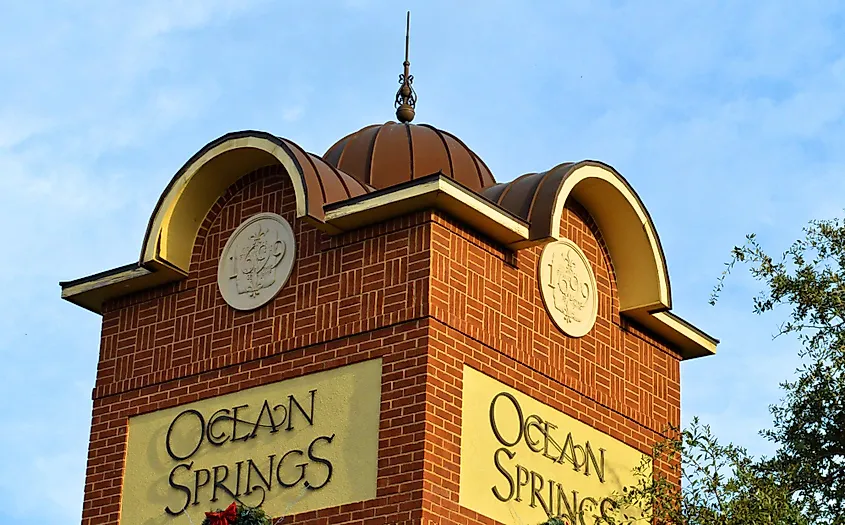
Before the arrival of Europeans, the area in which Ocean Springs is presently situated was initially inhabited by Native Americans of the Bylocchy, Pascoboula, and Moctoby tribes. The French were the first Europeans to arrive in the area. In 1682, René Robert Cavalier, Sieur de La Salle, discovered the Gulf outlet of the Mississippi River and claimed it and all the vast territory it drained for France. He named the newly-discovered territory Louisiana in honor of French King Louis XIV. In 1699, Pierre Le Moyne, Sieur d’Iberville established a settlement known as Fort Maurepas on a peninsula on the eastern shore of the Bay of Biloxi. In 1720, the French settlement of Fort Maurepas was moved to present-day Biloxi. After this move, Fort Maurepas was renamed Vieux Biloxy (Old Biloxi). After the Seven Years War (1756-1763), in which France lost its North American colonies to England, the site of present-day Ocean Springs became part of British West Florida. In 1779, England and Spain went to war, and in 1783, West Florida was ceded to Spain. In 1811, West Florida came under the control of the United States and became part of the Mississippi Territory. Six years later, the western part of this territory was admitted into the Union as the State of Mississippi. Slowly, a small village developed in what was Old Biloxi under the French. Its economy was based on harvesting seafood, farming, burning charcoal, lumbering, and naval stores.
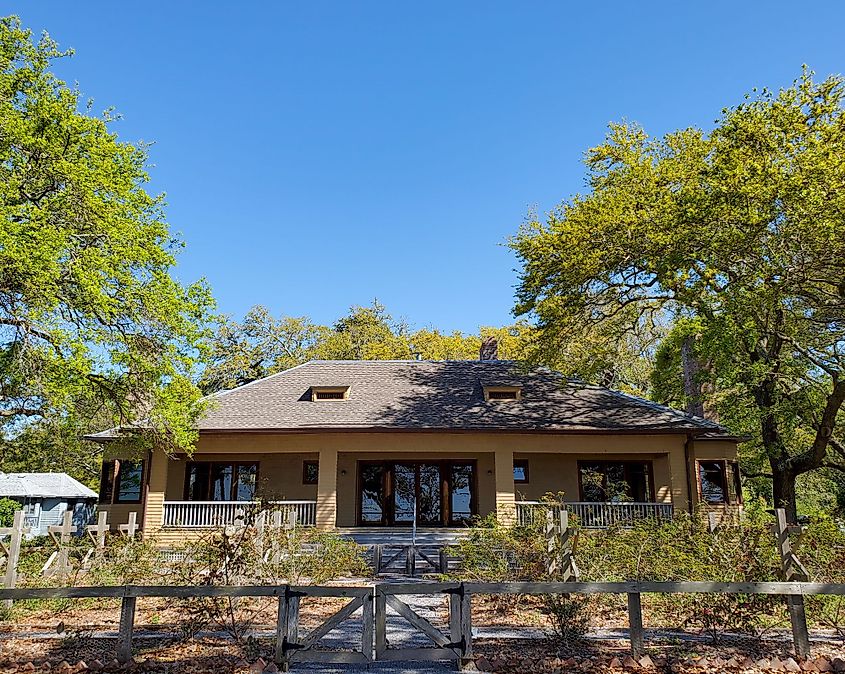
By 1850, the mineral springs discovered on the Fort Bayou were being accessed. In 1853, a man named Dr. William G. Austin, who hailed from New Orleans, built a hotel on what is now Jackson Avenue, calling it Ocean Springs as a reference to springs mentioned above. One year later, the town took its name from this hotel. People seeking hydrotherapy for their physical ailments from the mineral springs on Fort Bayou necessitated the building of new lodgings, several of which were established in the area around lower Jackson Avenue. The American Civil War would decimate the tourist industry in Ocean Springs. Some of the city’s residents joined the war effort on the side of the Confederacy, while others moved north to farm. Those who stayed subsisted on seafood. Tourists returned to Ocean Springs following the Civil War and after a railroad from the city to New Orleans was built in 1870. New hotels were made, and the railroad became an integral part of the city’s economy. The city continued to expand in the latter part of the 19th century, as new residents came, attracted by the city’s mild climate and pristine environment. In the 1920s, a land boom in Ocean Springs contributed to the building of new estates, businesses, and public infrastructure both in and around the city. From 1939 to the 1950s, Ocean Springs’ harbor was expanded and improved. New industries, such as optics, made their way to the city during the mid-20th century. A casino boom in neighboring Biloxi during the 1990s caused another surge in demand for lodging and housing in Ocean Springs. In 2005, Hurricane Katrina caused severe damage to Ocean Springs and the rest of coastal Mississippi, including the destruction of the aforementioned Biloxi Bay Bridge.
Attractions In Ocean Springs And Coastal Mississippi
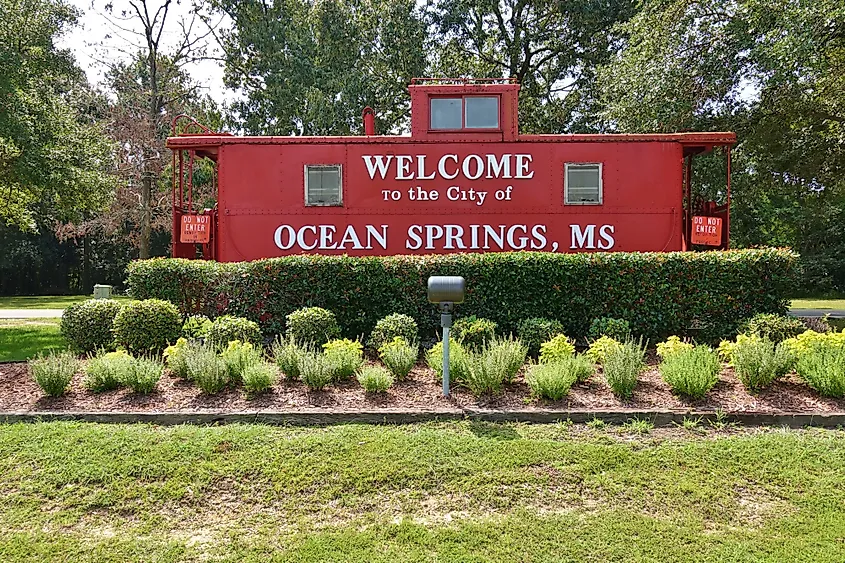
Ocean Springs and the rest of coastal Mississippi host various indoor and outdoor attractions. Indoor attractions include museums such as the Maritime & Seafood Industry Museum, Ohr-O’Keefe Museum of Art, the Mississippi Coast Model Railroad Museum, and the Lynn Meadows Discovery Center. Other indoor attractions include the INFINITY Science Center, the Marine Education Center at Gulf Coast Research Laboratory, and the Mississippi Aquarium.
Coastal Mississippi is also an excellent place for outdoor adventures. Visitors to the area may enjoy a scenic tour on a traditional steamboat or other types of boats typical for the area. Numerous companies in the area offer different kinds of boat tours. Other outdoor attractions include Ocean Adventures Marine Park, Gulf Coast Gator Ranch, Gulf Islands Waterpark, the Pascagoula River Audubon Center, Buccaneer Bay Waterpark, Finishline Performance Karting, Gulfport Dragway, the Grand Bay National Estuarine Research Reserve, and the previously-mentioned Davis Bayou Gulf Islands National Seashore.

